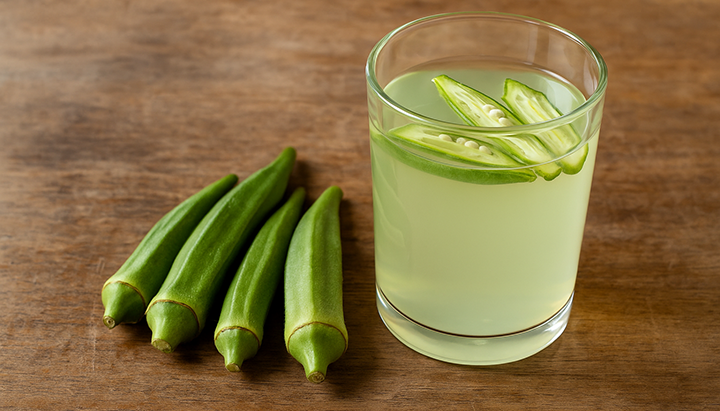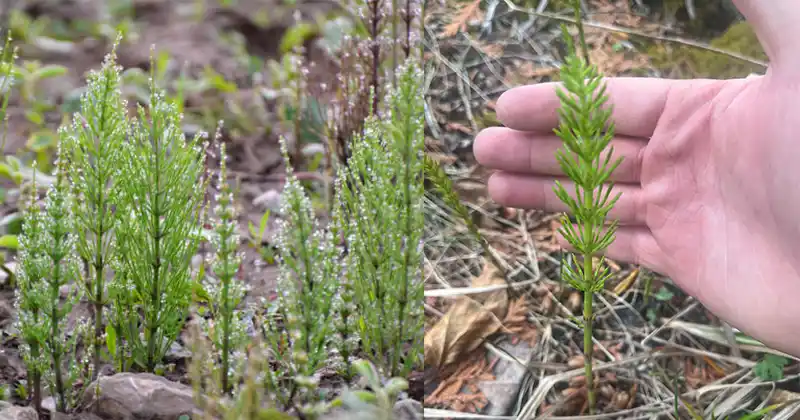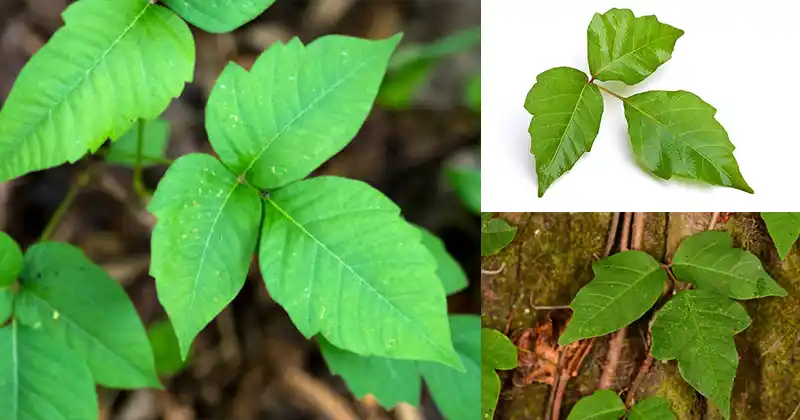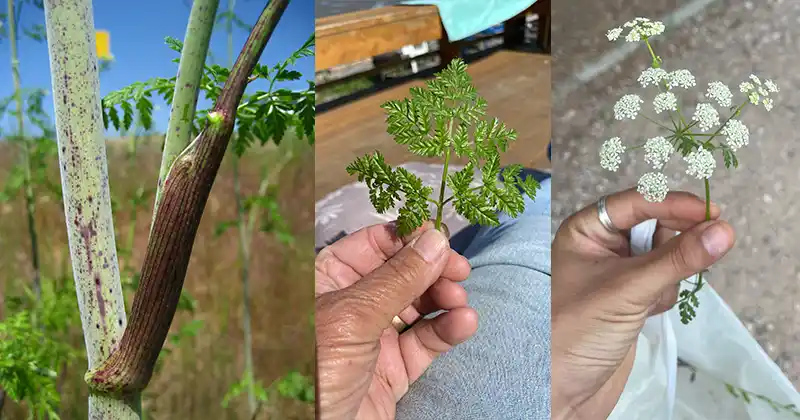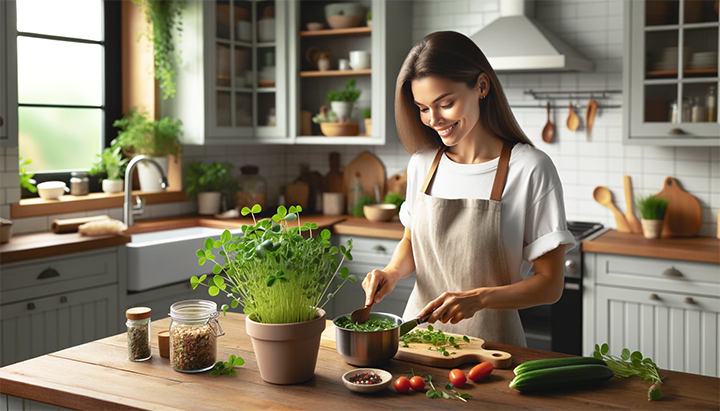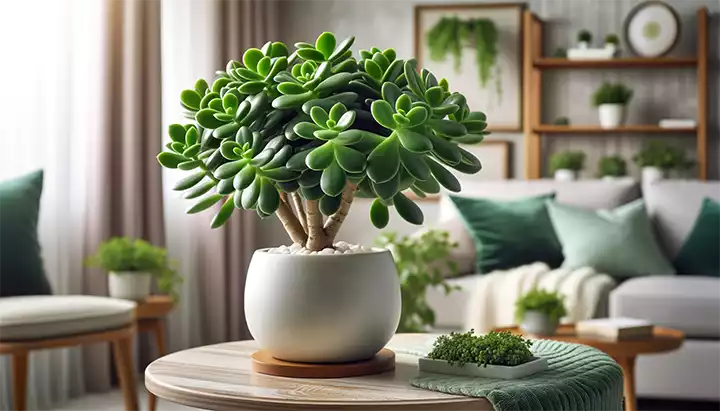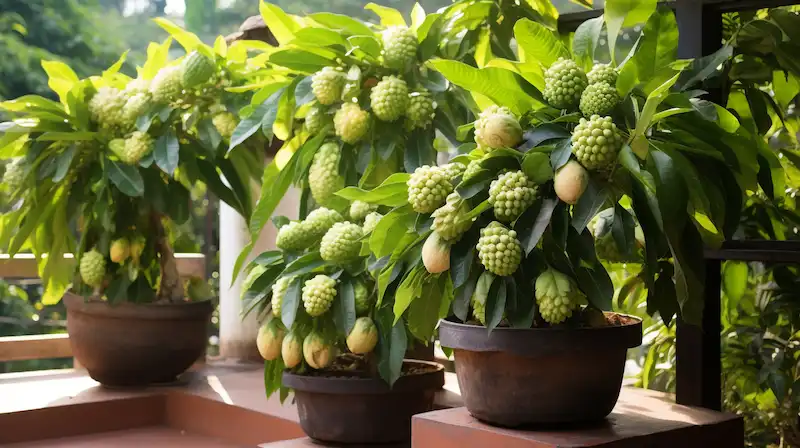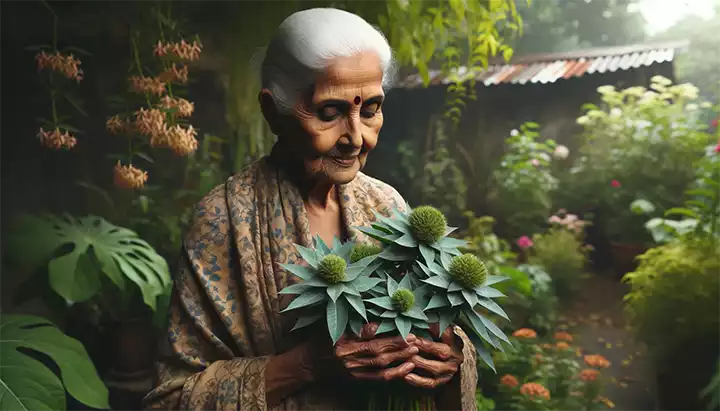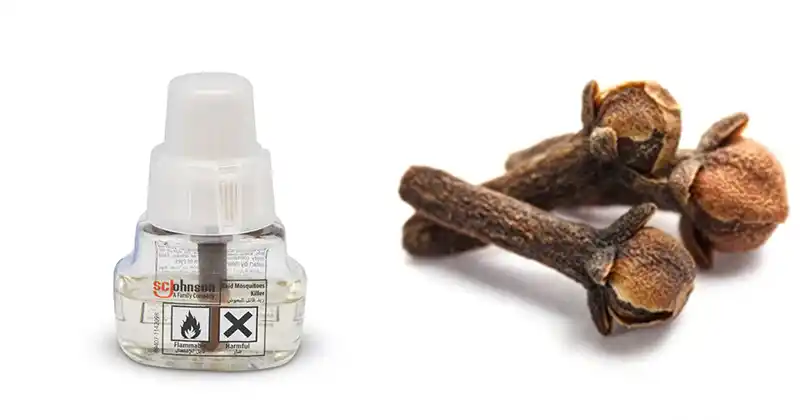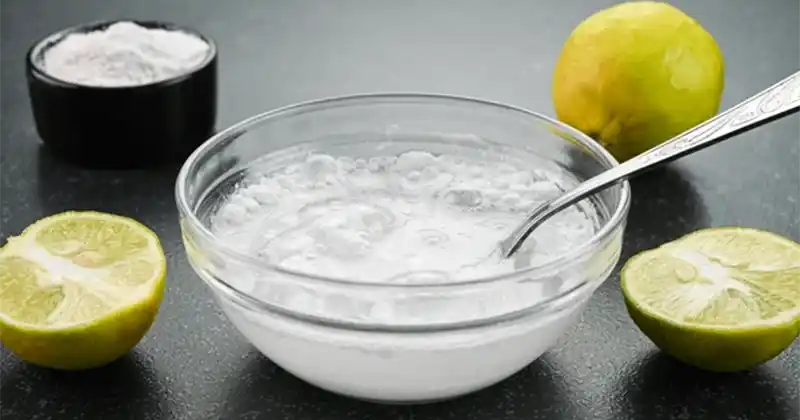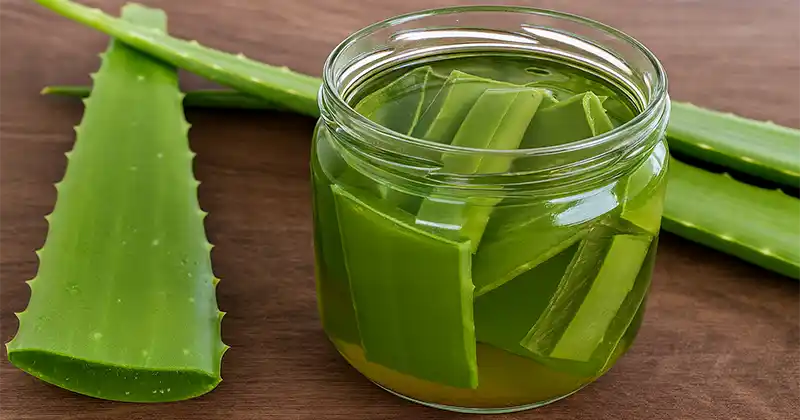Preparation of Lime Water Mixture
Initial Steps:
- Create a lime water mixture by combining 200 grams of lime powder with 30 liters of water.
Substrate Preparation and Incubation
Preparing the Growing Medium:
- Immerse straw or hay in the lime water mixture to prepare the substrate for mushroom growth.
- Soak the straw or hay for about 30 minutes, then drain it.
Incubation Process:
- Cover the drained substrate with plastic for approximately 4 days, maintaining a temperature of 65-70°C.
Mushroom Cultivation Phase
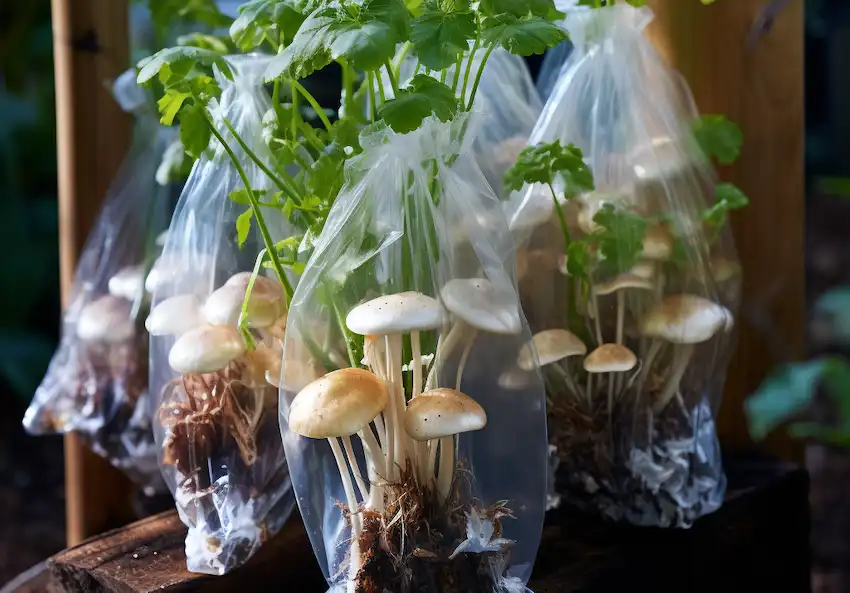
Closing the Mushroom Embryo:
- Move on to the cultivation phase after successful incubation.
Using Plastic Bags:
- Utilize normal plastic bags, preferably polyethylene PE, with dimensions around 30 x 40 cm.
- Ensure the bags have a folded square bottom for easier substrate layering.
Layering Process:
- Stuff the bags with substrate, starting with a 3-4 cm bottom layer and transplanting mushroom seed along the bag’s wall.
- Add 6-7 cm layers until there are four layers in total, sprinkling seed evenly on the top layer.
Sealing and Transferring to Nursery:
- Seal the bags with clean cotton and secure the mouth for proper closure.
- Transfer the bags to a fiber nursery, maintaining distance between them and covering the bag mouths with newspaper for moisture retention.
Mushroom Growth and Harvesting
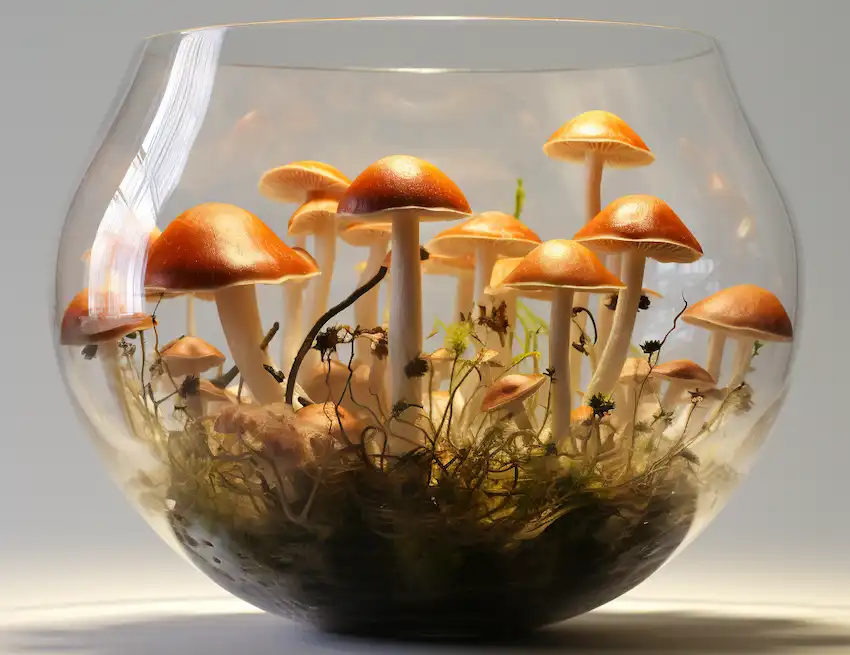
Environmental Management:
- Ensure the growing area remains closed to maintain moisture and warmth, crucial for mushroom growth.
Observation and Cutting:
- Monitor bags until mycelium covers them uniformly with a white color.
- Cut and hang the bags, making staggered incisions for mushroom sprouting.
Watering and Harvesting:
- Water bags 2-3 times daily for even moisture; harvest by twisting mushrooms counterclockwise.
- Pause watering after harvesting to facilitate further sprouting and care for subsequent generations.
Continued Harvesting:
- Continue the process for subsequent harvests, as later generations tend to grow more abundantly.
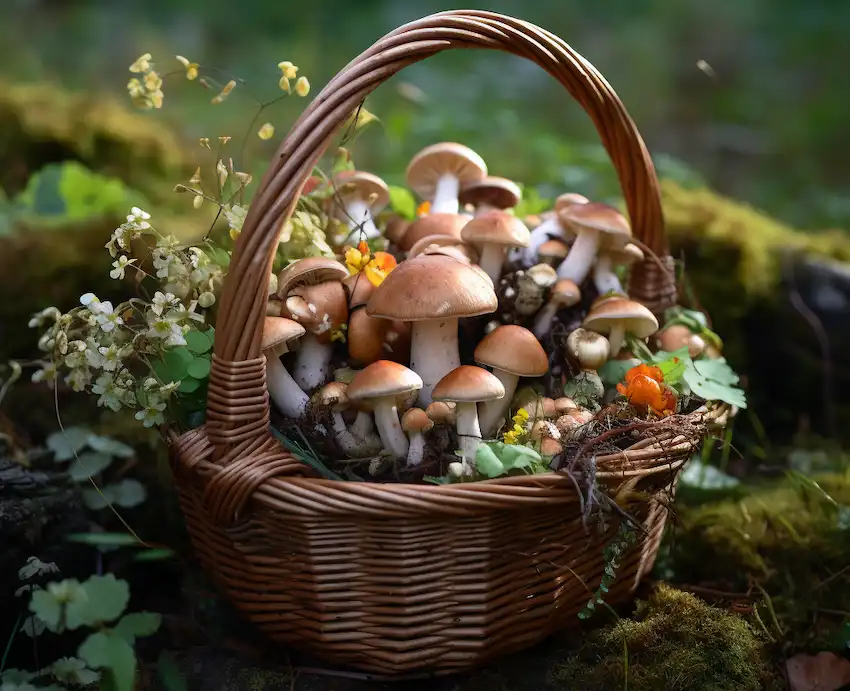
Adaptation
Adaptable and Hands-On Approach:
- This method allows daily harvesting and can be adapted to suit specific needs using readily available materials.
- Consistency in environmental conditions and vigilant monitoring are crucial for successful mushroom cultivation.

